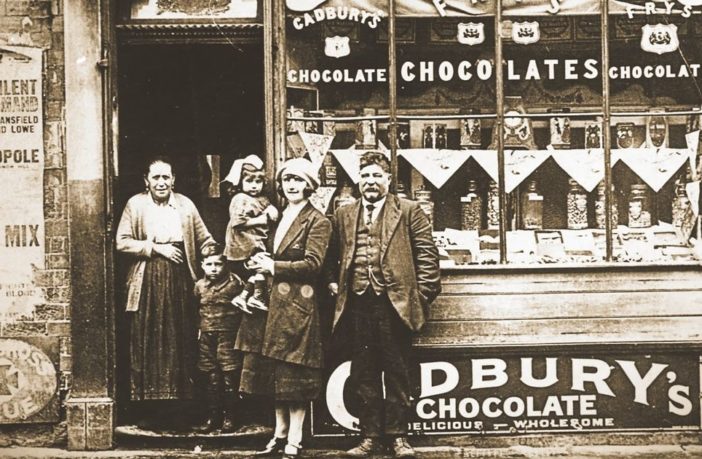The West Midlands has always been fond of its culture, and the pride in its Little Italy highlights that. This has been the way of life in the city since the 18th century, and while London was the hub for Italians in the United Kingdom; Birmingham was still prominent in terms of numbers of Italians.
The early 19th century saw the number of emigrants rise rapidly from Italy to the UK due to changes such as famine, the rising of food prices and the Napoleonic occupation. This change altered the number of Italians that moved to Britain, and the majority stayed in the cities that they move too; including Birmingham.
During the 1820s Italian street entertainers and traders were synonymous with daily life in the capital and Birmingham. Those that graced the streets had travelled to the UK on foot from the northern parts of Italy and were hugely talented in their art. Whether that be making instruments such as barometers. The numbers of Italians moving to Birmingham rose further during the 1870s due to the increased railway routes from Parma and Naples. These emigrants brought with them their delicacy from back home, which was ice cream. However, while Birmingham was the home for many Italians due to the comprehensive railway links, London remained the city with the biggest ‘Little Italy’ in the UK.
It wasn’t until the second half of the 19th century when the growing number of Italians in the Midlands had reached its pinnacle, and they began to develop their own Italian quarter around the Fazeley Street area in Digbeth. Here they were able to get poor quality accommodation, but it was cheap. Many of the Italians around this area made their living by selling stock on the streets and becoming street entertainers around the Bull Rings. The lucky ones in the area ventured into food production and set up confectionary stalls and shops in the markets around the city centre during the early 20th century.
The Census in 1891 showed that there were 53 people in Bartholomew Street, New Canal Street and Bordesley Street that were either born in Italy or had Italian heritage. Of these 53, there were 12 ice cream vendors and 19 organ grinders. A further 19 were called Verrecchia, while other common names included Campadimico, Demiglio and Cavolure. Furthermore, the Census showed that there was a house in Bartholomew Street that was occupied by 17 Italian lodgers and all of them were in their 20s and were organ grinders. In total, the 1861 Census found that 358 Italians were living in Birmingham, and 20% of those were female.
The Italians that lived in Birmingham are still best known as manufacturers and ice cream street sellers. They continued to occupy this part of the city until after the Second World War. In fact, some of the Italian firms that sell ice cream still exist in the city to this day.
During the Second World War, the Italian men that had lived in the city for the past 20 years were heralded as enemies and were held in camps throughout Britain. A combination of this and the bomb damage caused during the World War led to large parts of the community being dispersed.






